Cultural diplomacy
According to experts, in the context of deepening US-China competition and narrowing cooperation opportunities, cultural and artistic exchanges have become one of the important diplomatic bridges. These exchanges, although reduced in recent years, can be the basis for building trust and partially healing the rift between the two top rivals, according to the South China Morning Post .
An example of “soft diplomacy” between the two countries is the large-scale exhibition in San Francisco (USA), organized by the Hubei Provincial Museum (China), with the introduction of more than 150 Chinese Bronze Age artifacts. Some artifacts have never been introduced outside of China.
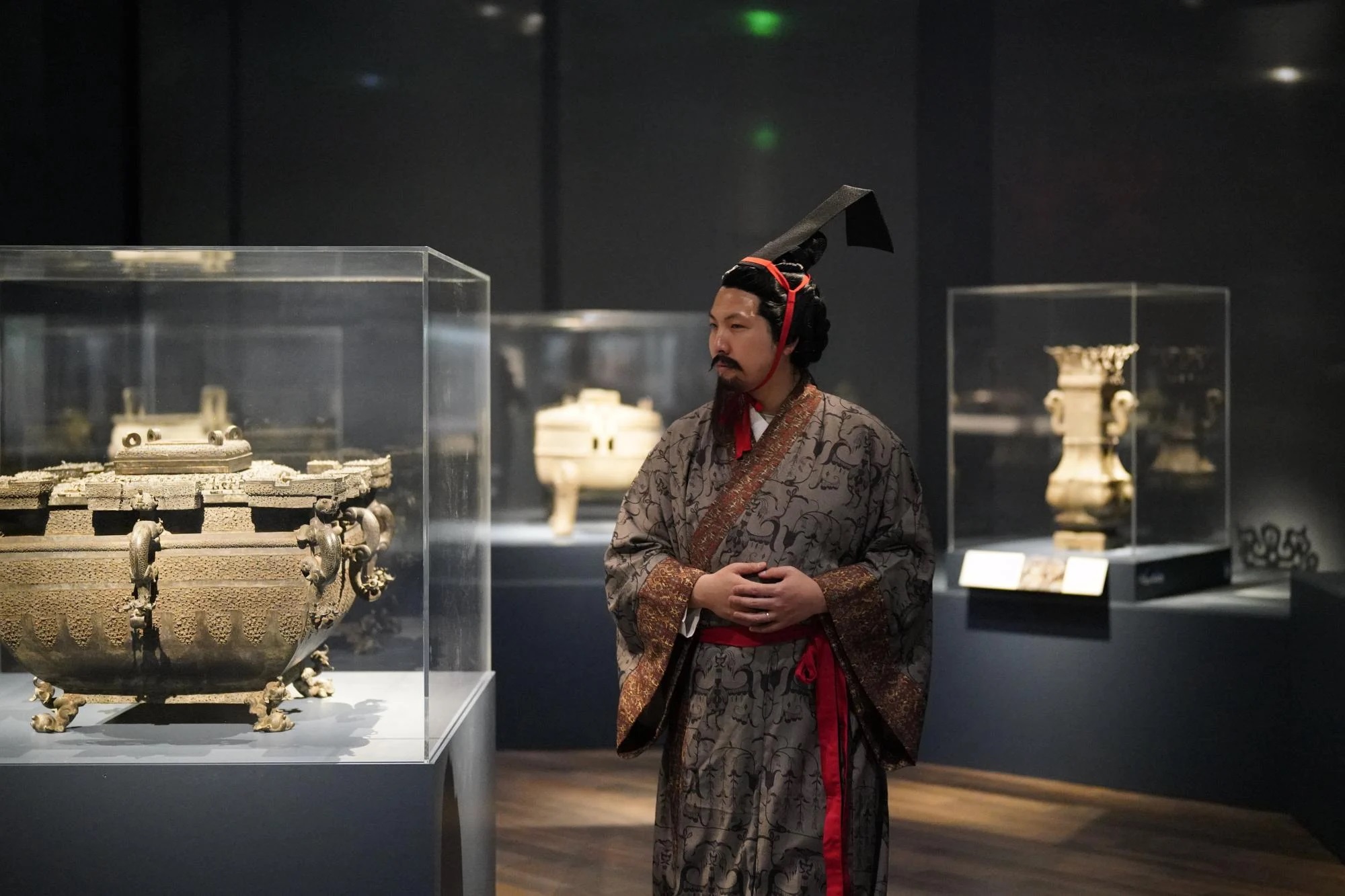
Artifacts on display at the Asian Art Museum in San Francisco
The Asian Art Museum in San Francisco has dedicated 3,000 square meters to archaeological finds from the Zhou Dynasty, which ruled from 1050 to 256 BC. The artifacts will be on display at the museum until July. Jay Xu, the museum's executive director, said the exhibition comes at a time when promoting cultural exchanges between China and the United States is "extremely important." The fact that the exhibition was attended and embraced by government officials reflects the importance of the event as an opportunity to connect and increase mutual understanding, he said.
Emily Wilcox, associate professor of Chinese studies at the College of William & Mary (USA), said the two powers have a long history of considering cultural and artistic exchanges as part of their foreign policy. The forms of exchanges can be sponsored by the government, or by individuals and non-governmental organizations.
Overcoming barriers
Gao Minglu, professor emeritus at the University of Pittsburgh (USA), said that Sino-American cultural exchanges have existed since the 1970s, when the Boston Museum of Fine Arts brought its collections to Beijing. He said that was the first time Chinese people saw original Western artworks and inspired a new generation of artists in China.
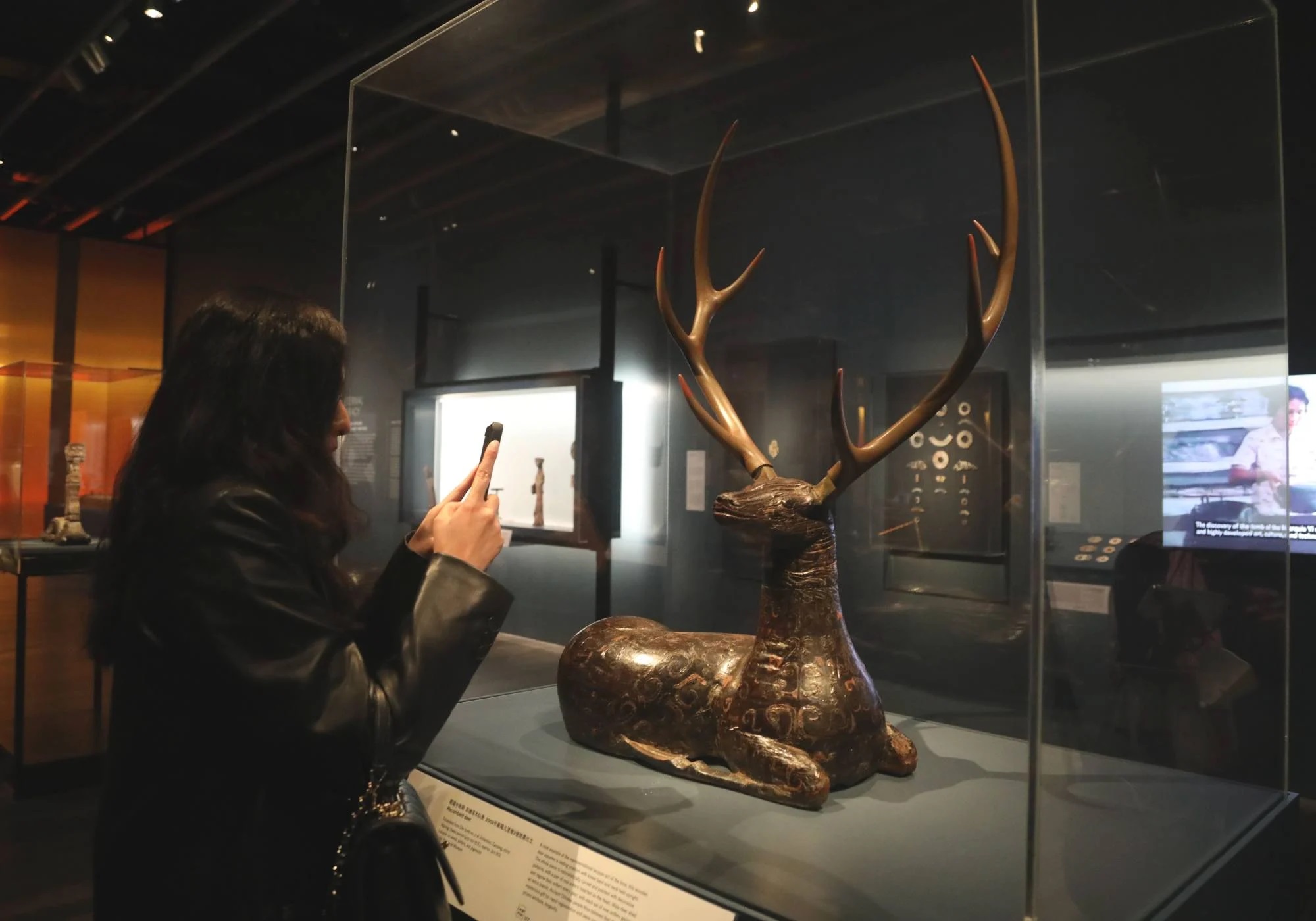
Visitors view Chinese artifacts at a museum in San Francisco.
Cultural exchanges between the two countries boomed in the 1990s, but have slowed since 2008, partly due to the economic crisis and then “skepticism about globalism.” There have been few Chinese art exhibitions in the United States in the past 15 years, Mr. Gao said. He said exchanges can overcome political and economic tensions, as “art is a special kind of human thinking that can bridge cultural and political gaps.”
In the same vein, Wilcox said cultural exchanges between rival countries can open up opportunities for people from different backgrounds to learn from each other. Art addresses a wide range of topics, from everyday material life to personal hopes and dreams – topics that can open up areas of dialogue and “bridges of imagination” that might be difficult to reach through traditional diplomacy, she said.
In addition to introducing and exchanging art products, China and the US have also joined hands to combat the theft and illegal trafficking of cultural artifacts. In January, China's National Administration of Cultural Heritage announced the extension of a memorandum of understanding on combating the smuggling of cultural artifacts, which the two countries first signed in 2009, according to China Daily .
The memorandum will serve as a guide for US Customs and Border Protection officials to control the import of ancient documents from China. A total of 504 Chinese cultural artifacts were returned to Beijing by the US between 2009 and 2023. The Chinese Heritage Administration said the five-year extension of the agreement is a practical step toward expanding cultural exchanges and cooperation between China and the US, which has been emphasized by the leaders of both countries.
Source: https://thanhnien.vn/cau-noi-hiem-hoi-my-trung-giua-muon-trung-cang-thang-185240609012507507.htm



![[Photo] National Assembly Chairman Tran Thanh Man attends the VinFuture 2025 Award Ceremony](/_next/image?url=https%3A%2F%2Fvphoto.vietnam.vn%2Fthumb%2F1200x675%2Fvietnam%2Fresource%2FIMAGE%2F2025%2F12%2F05%2F1764951162416_2628509768338816493-6995-jpg.webp&w=3840&q=75)
![[Photo] 60th Anniversary of the Founding of the Vietnam Association of Photographic Artists](/_next/image?url=https%3A%2F%2Fvphoto.vietnam.vn%2Fthumb%2F1200x675%2Fvietnam%2Fresource%2FIMAGE%2F2025%2F12%2F05%2F1764935864512_a1-bnd-0841-9740-jpg.webp&w=3840&q=75)





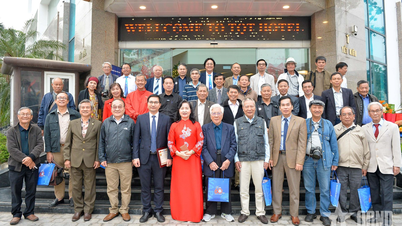



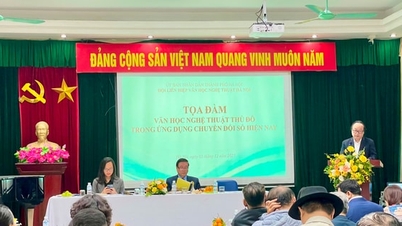

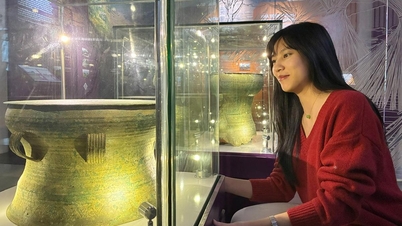

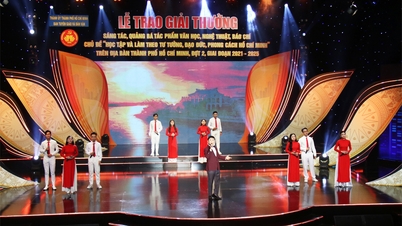




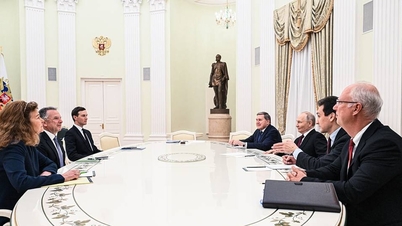
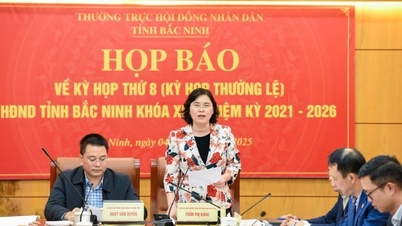

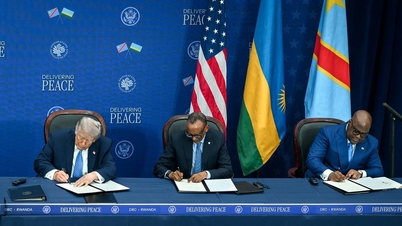






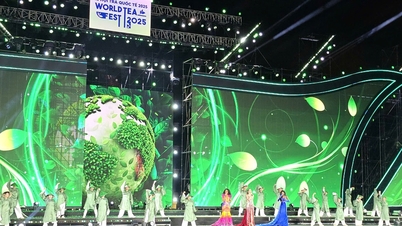
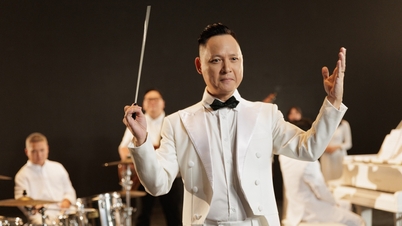




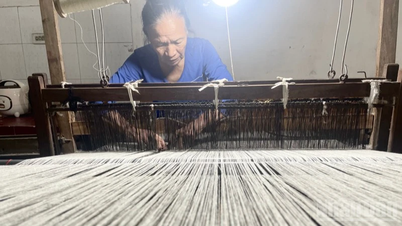

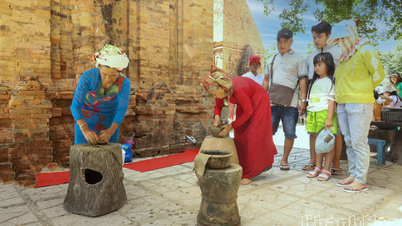

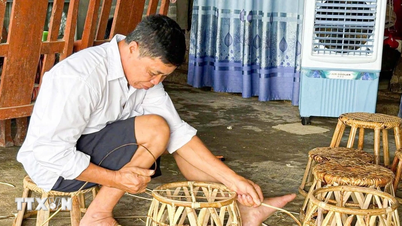

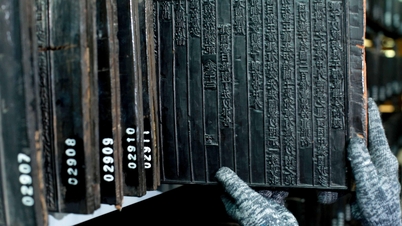







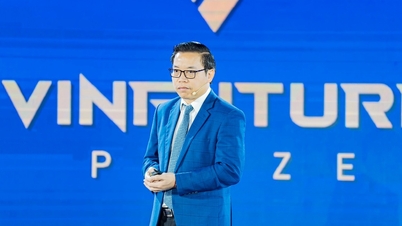

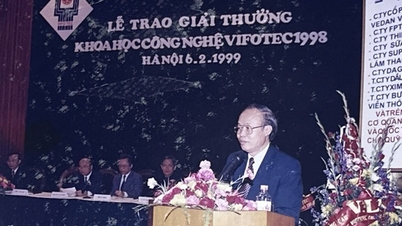

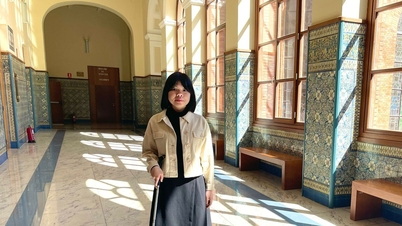
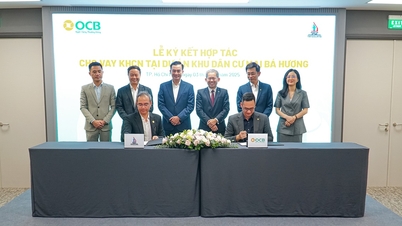

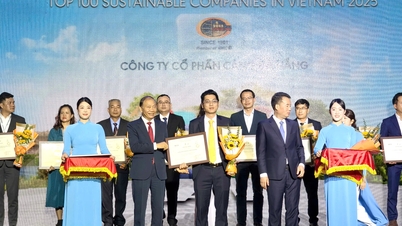
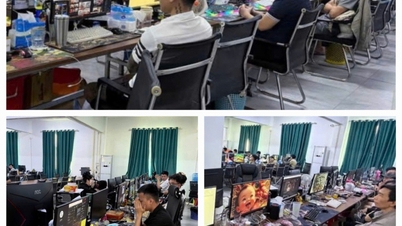
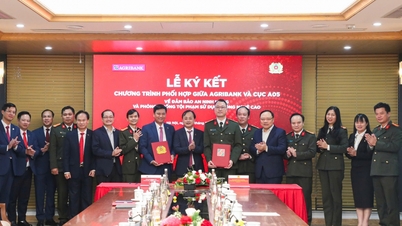

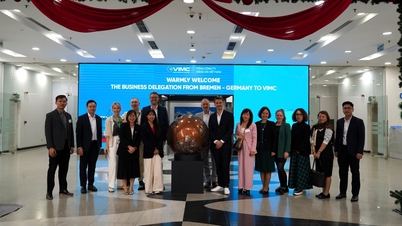
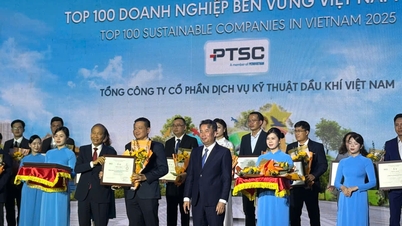












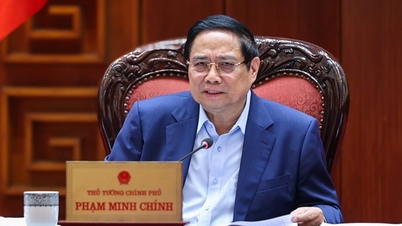
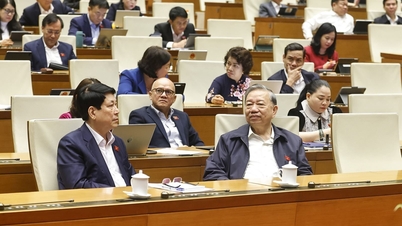
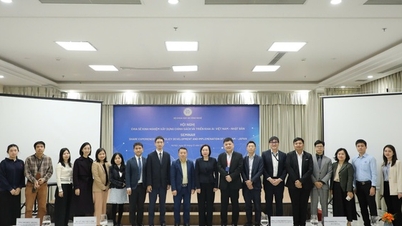
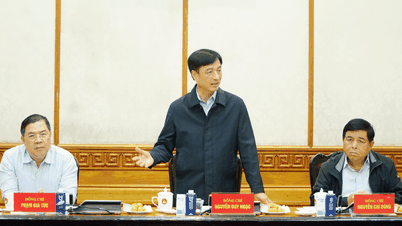

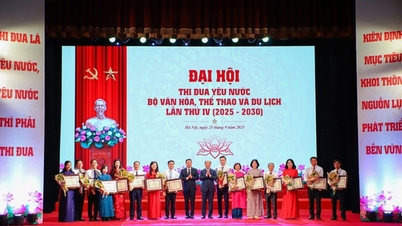

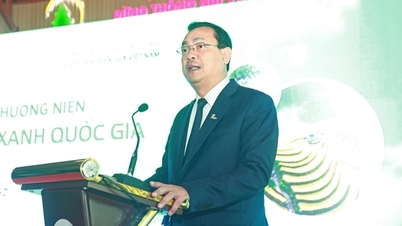
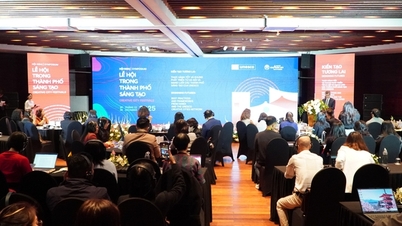

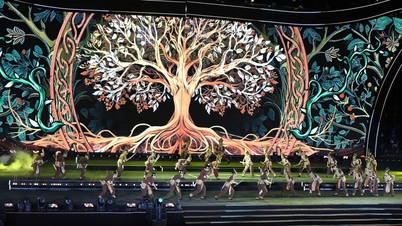




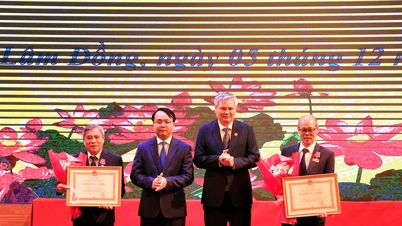
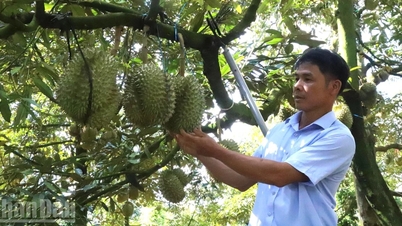
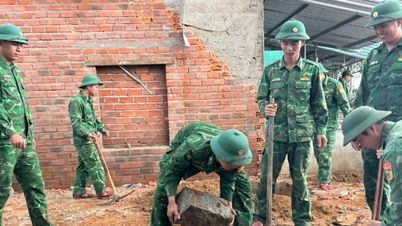
















Comment (0)